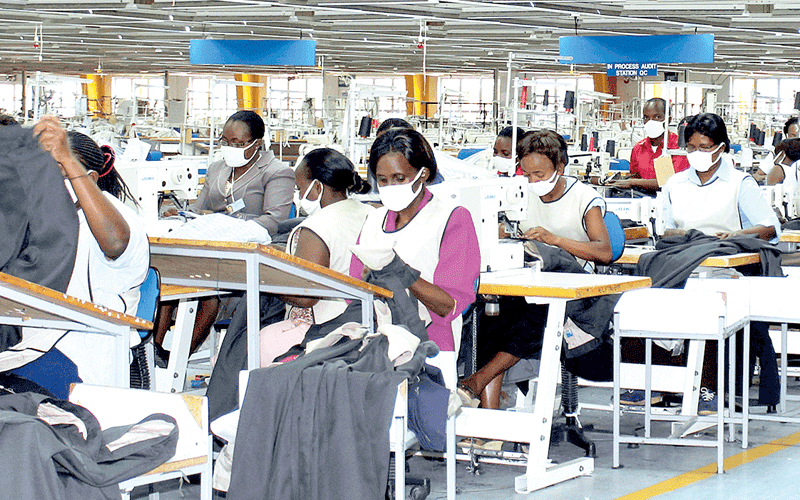Industries need incentives to survive and thrive after Covid-19

All over the world, organisations are being challenged to find new ways to serve their customers and communities amid the Covid-19 pandemic.
This is the case for every country as governments come up with measures to curb the spread of the virus while ensuring the economy survives.
One question still lingers on the mind of every Kenyan: When shall we go back to normal routine?
The reality is, despite our desire to go back to the norm, there is no trade-off between public health and the economy.
With the current reality being the new normal, it is upon us to develop strategies that will see Kenya survive the pandemic and to position industries to recover thereafter.
Kenya has demonstrated its potential and capability to manufacture critical items for the local and export markets, which we previously imported.
This has been made possible by the government’s policy of sourcing essential goods from local industries following the disruption of the global supply chain.
Manufacturers have identified gaps during this period due to the global supply chain disruptions.
They have also identified some sectors that Kenya can nurture locally for import substitution including pharmaceutical, horticulture and floriculture, tea, apparel and processed fruit and vegetables.
These sectors are well established and in a position to meet the increasing global and regional demand.
Take an example of the pharmaceutical sector. Kenya has the largest pharmaceutical market (USD 740 million) in the EAC region and the fastest growing market with an estimated year on year growth rate of 15 per cent.
While the market is growing rapidly, there is still a high dependency on imported pharmaceutical products.
Most firms lack the capacity to manufacture advanced formulations with locally produced medicines covering only 66 per cent of the regions’ disease conditions. Furthermore, most firms are producing below their capacity.
To provide industry perspectives and insights critical to the development of policies and strategies to grow the manufacturing sector, the Kenya Association of Manufacturers conducted a Sector Deep Dive in 2018.
The Report highlights reliance on imported raw materials as the biggest hindrance to the development of the pharmaceutical sector.
Additionally, the current capacity utilisation is estimated to be at 40 per cent.
Despite the sector’s capacity to produce pharmaceuticals for the local and regional market, imported medicines still cover 70 per cent of the market demands at approximately 1 billion US dollars pay year.
This is a clear demonstration of the growth capacity of industry. One of the ways to realise this is by imposing select tariff and VAT measures on imports that can be locally manufactured.
By doing so, we ensure that local industries compete against imports. The government can also incentivise growth of local industries through preferential government purchase of locally manufactured pharma products and promotion of a buy local campaign within the private sector.
Additionally, by providing tax incentives and adequate funding for research and development and market access studies, we can encourage investors, including pharmaceuticals, to set up plants in the country.
A good example is Bangladesh. A few decades ago, the country was dependent on imported medicines and drugs produced by multinationals for domestic needs.
Currently, the country produces approximately 97 per cent of its medicines. The market share of local manufacturers is around 90 per cent while 10 per cent is controlled by foreign producers.
To realise this, the Bangladesh government was keen on growing its pharmaceutical sector through three key policy actions – creating an enabling framework for local production, creating a local market for local production and supporting good quality medicines at affordable prices.
Our potential as a nation lies in developing our value chains. The reciprocation of such incentives in other sub sectors of manufacturing will see the sector grow exponentially, in turn, create jobs and wealth for many. — The writer is the CEO of Kenya Association of Manufacturers — ceo@kam.co.ke.















